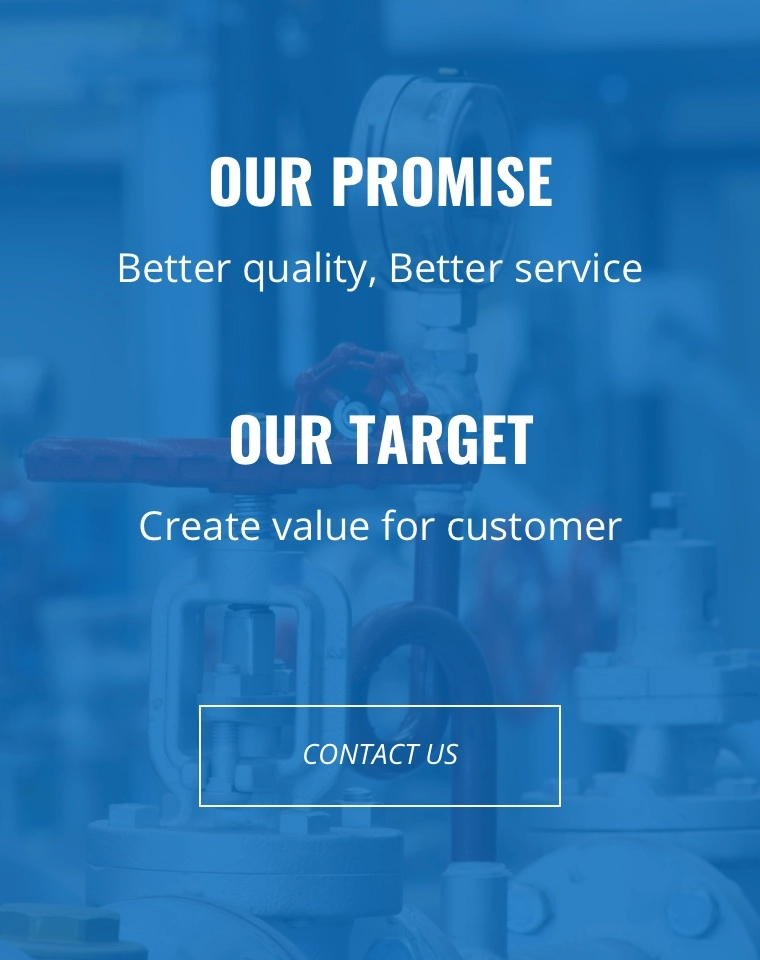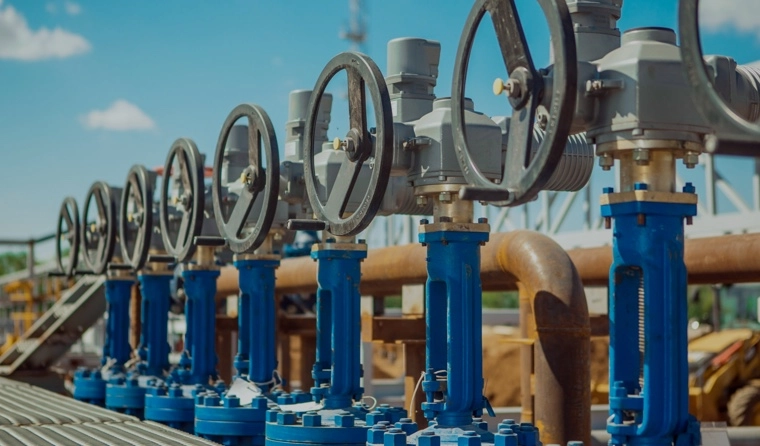-
2022-08-18
The Sealing Principle of Floating Ball Valve
There are two valve seat rings in the valve body of the floating ball valve, and a ball is clamped between them. There is a through hole on the ball. The diameter of the through hole is equal to the inner diameter of the pipe, which is called a full bore ball valve; the diameter of the through hole is smaller than the inner diameter is called a reduced bore ball valve.
-
2022-08-11
The Advantages of Ball Valve
The advantages of ball valves are: 1. Has the lowest flow resistance (actually equivalent to only a section of round pipe of the same nominal size). 2. It can be reliably used in corrosive media and low-boiling liquids because it does not get stuck during operation (when there is no lubricant).
-
2022-08-04
Overview of Ball Valve
The ball valve is evolved from a cock. Its opening and closing part is a sphere, and the sphere is rotated 90o around the axis of the valve stem to achieve the purpose of opening and closing. The ball valve is mainly used to cut off, distribute and change the flow direction of the medium on the pipeline. The ball valve designed with V-shaped opening also has a good flow adjustment function.
-
2022-07-21
What is the sealing principle of the double eccentric sealing butterfly valve?
This kind of butterfly valve is usually called high performance butterfly valve. 1. Structural features: The center of rotation of the valve plate (the center of the valve shaft) forms a dimension “a” offset with the valve plate sealing section, and forms a dimension “b” offset with the centerline of the valve body.
-
2022-07-14
What is the main reason for the failure of the sealing performance of the single eccentric sealing butterfly valve?
The main reasons for the failure of the sealing performance of the single eccentric sealing butterfly valve: 1. During the opening and closing process of the butterfly valve, when the valve plate rotates and squeezes the elastic soft valve seat, the valve disc and the valve seat are mechanically worn and scratched;



